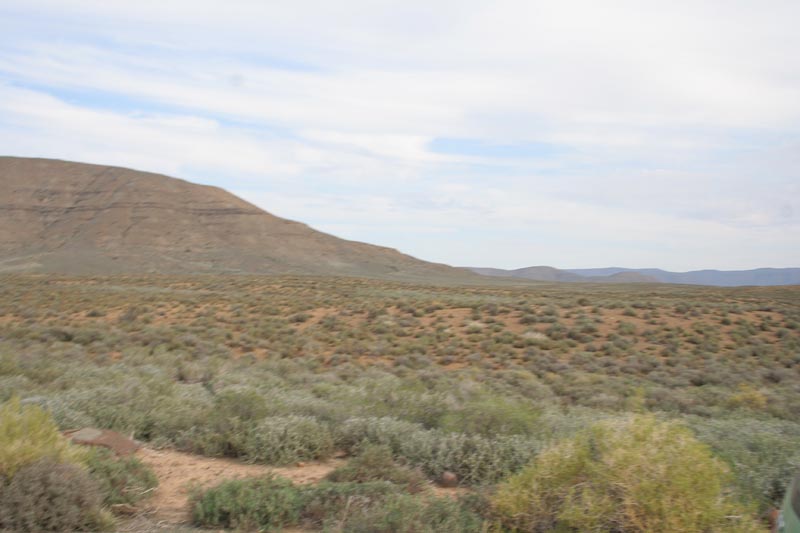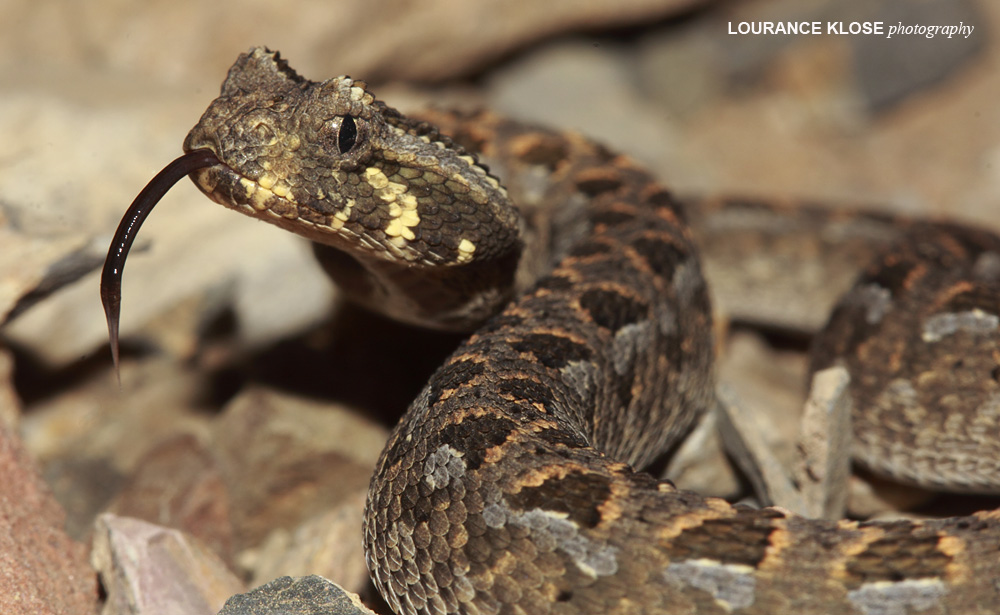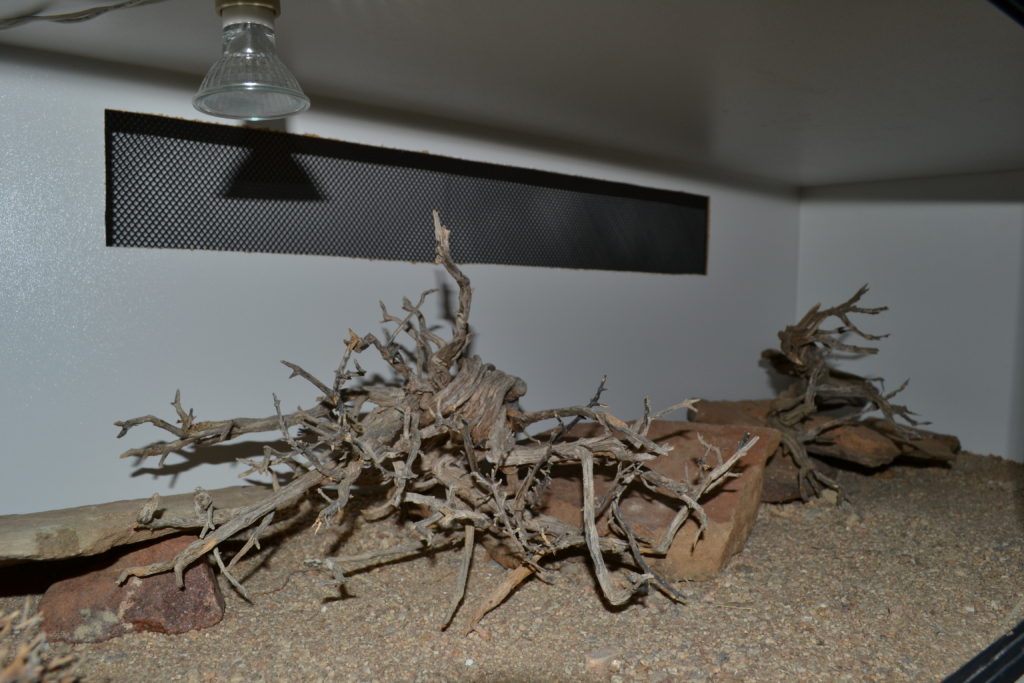Red Adder (Bitis rubida) - Captive care
Red adders mate in Spring and give birth in late summer. Winters can be extremely cold where these snakes occur, however cooling them to a low of around 12° C is more than sufficient for breeding purposes.
When putting pairs together to breed be careful when introducing more than one male with the female, as some keepers have reported males biting eachother as well as the female.
Females can give birth to as many as 12 babies which measure between 120-140mm in length. These snakes tend to do well and feed on pink mice from the start. They can be kept in a small well ventilated container until they are ready to be moved into a new enclosure.
Provide a bowl with fresh water as these snakes will drink from standing water.
Please note: This information serves only as a suggestion and is based on input from various experienced keepers. It is important that you gather as much info from various sources before deciding how best to care for your snake. Be sure to check with your local authorities what permits may be required in your area.






